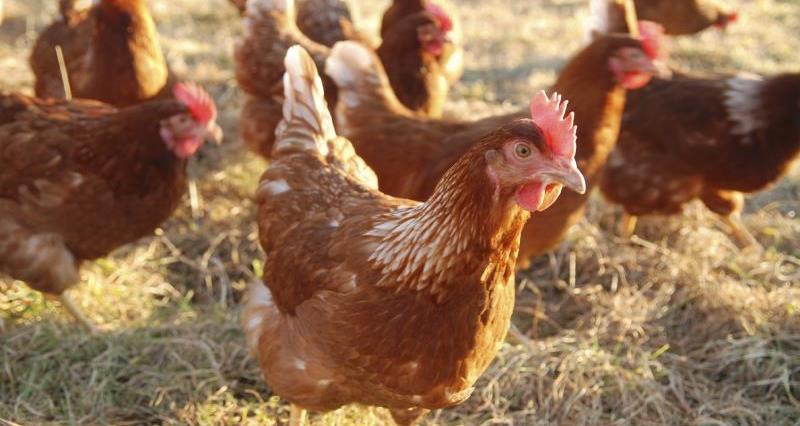An interactive map shows the planned Higher Risk Areas, here.
The introduction of the areas means that producers who continue to house their birds will no longer be able to label their products as free-range, as birds have been ordered inside for longer than the 12 weeks permitted by EU law.
NFU President Meurig Raymond said: “Free-range poultry producers now face significant threats to their business after Defra's introduction of Higher Risk Areas. The affected producers will now lose free-range status from 1 March and this will have a considerable effect on the supply chain.
“Half of the UK’s national flock is free-range, by far the highest percentage of any EU member state, and this will have a serious effect on the British public where demand for free-range has increased significantly over the past 25 years.
Related...
- From Defra: Planned controls in England from 28 February 2017
- Avian influenza and free range status - what's going on in Europe?
- UK farming unions urge European officials to extend free-range status
- Everything YOU need to know about avian influenza in one place: Our AI Hub
- Retailers urged to support free-range poultry producers
“The NFU will continue to work with industry to help poultry producers prepare for the introduction of Higher Risk Areas and how this will affect their businesses. Defra needs to provide clarity specifically on how many free-range birds are affected by the introduction of Higher Risk Areas.”
Producers outside the Higher Risk Areas should assess the risk of avian influenza on their farm and make a decision on whether they continue to house their birds or allow them out onto the range, while also taking precautions to prevent contact with wild birds. It is important they take the next three weeks to prepare their range area accordingly.
Mr Raymond said: “The NFU has concerns over the complexity that this system brings to the supply chain but the lifting of the housing order will be welcome news to producers outside Higher Risk Areas. Producers should assess the risk of AI on their farms appropriately before allowing their birds into the range area.
“We will be working with all free-range producers to ensure that they are as prepared as possible when new changes come into place.”
The Higher Risk Areas are located where there are high populations of wild waterfowl, such as coastal areas, river estuaries and some inland waterways.
Read our member briefing for more details: Higher Risk Areas FAQs.
